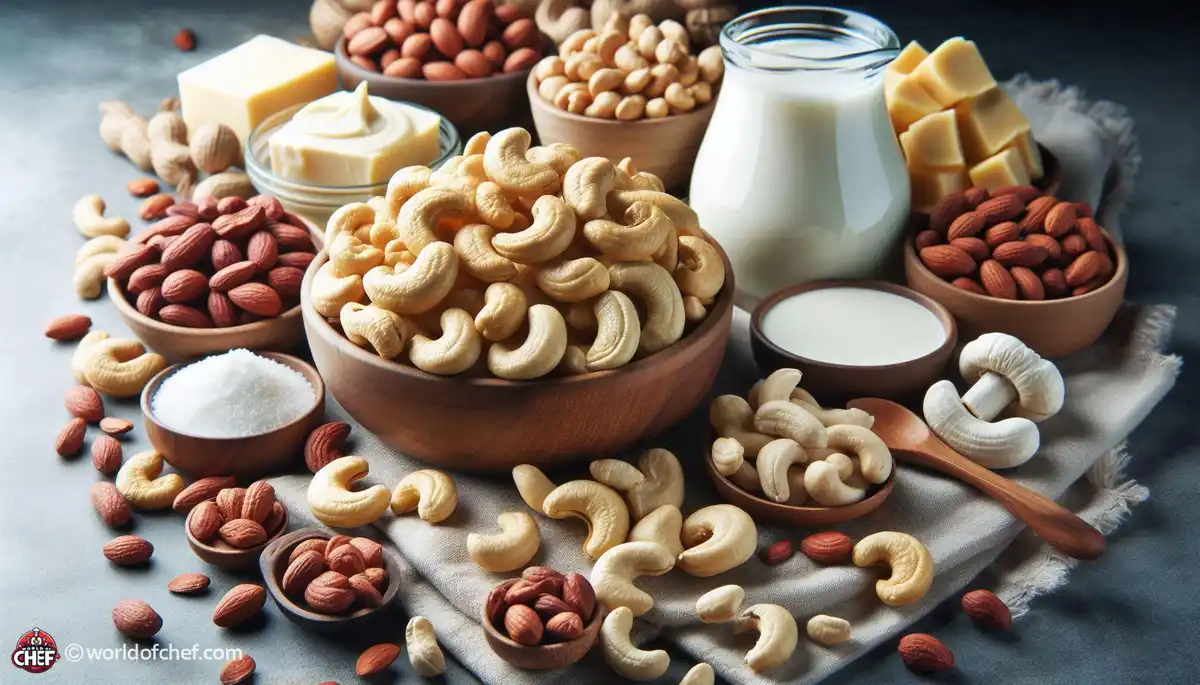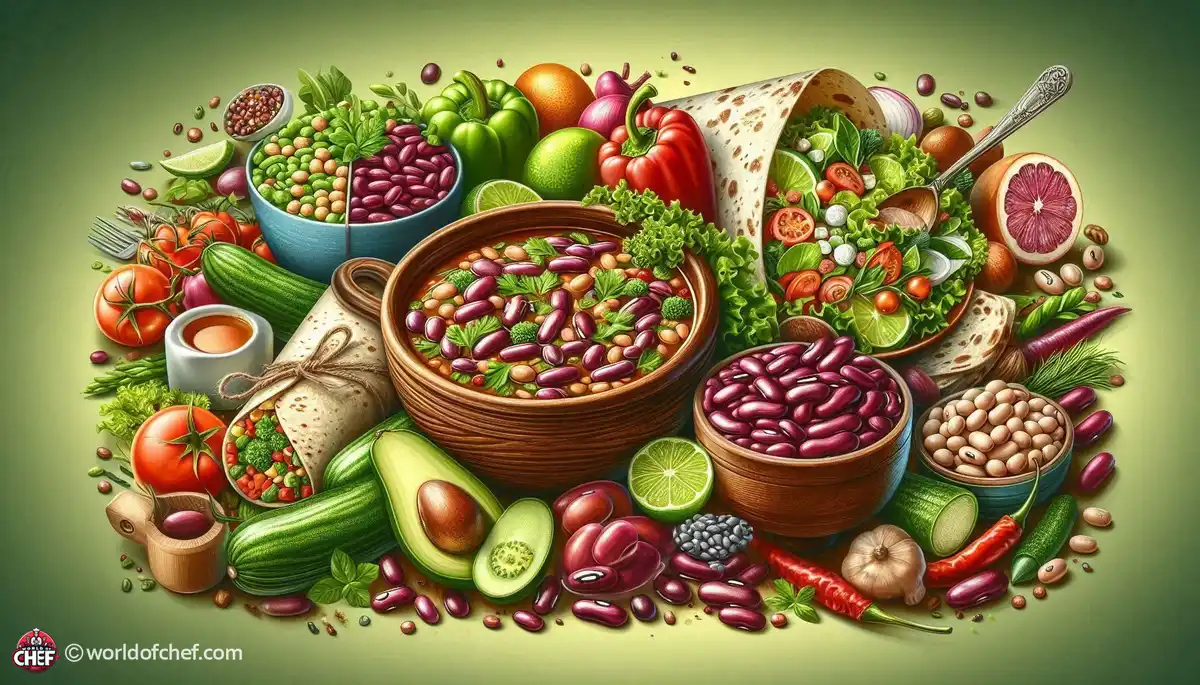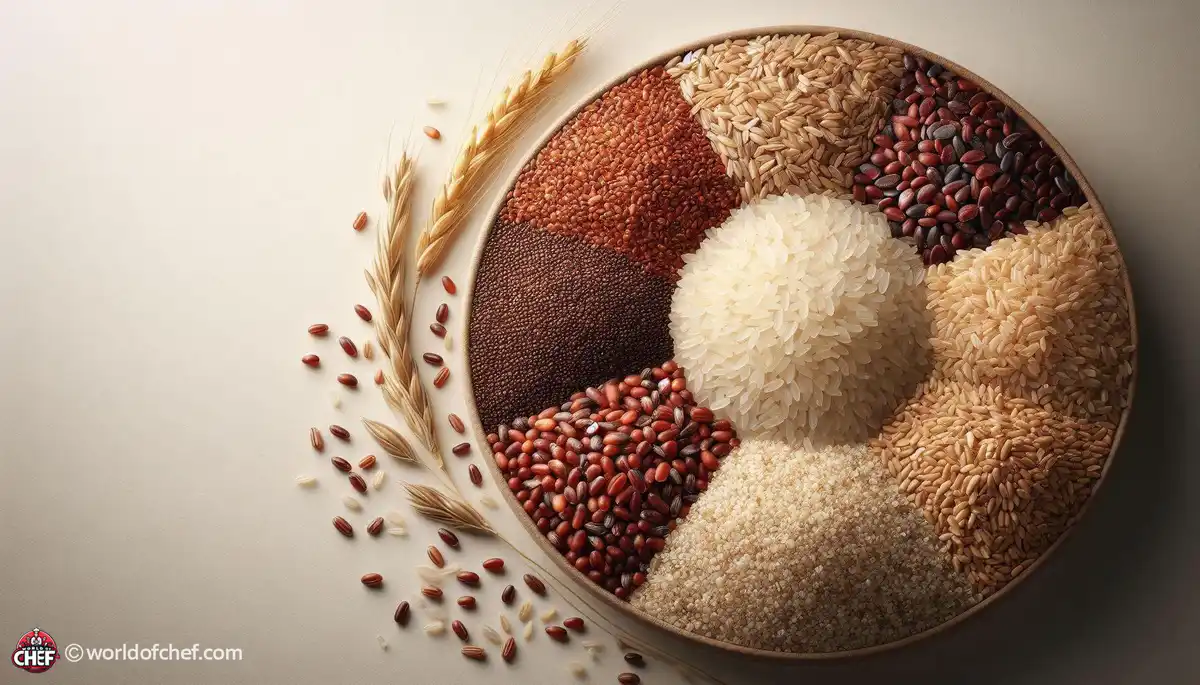
Unveiling the Power of Cruciferous Vegetables in Cancer Prevention
Eloise Jester - Mar 26, 2025 - 8 min read


A spice with bright color, great flavor, and exceptional smell has been the stuff that catches the imagination of generations throughout thousands of years of civilizations. It is from these fragile threads of the delicate flower of Crocus sativus that its use goes back over 3,500 years, whose origins trace back to regions of ancient Mesopotamia as a culinary treasure, medicine, and a ritual product.
The cultivation of saffron is very labor intensive as it requires careful handling. The flower of the species Crocus sativus, characterized by purple color, has a very short life cycle of only about three weeks each year. This usually falls within the autumn months. When it blooms, farmers of good skill pick the threads with the saffron with extreme care. These threads are known as stigmas. Only three thin strands from each flower should be handpicked and treated to preserve all the flavor and potency.
Saffron planting cannot be geographically separated as it requires a very small area around the world where its unique climate and soil condition are available. Though saffron is cultivated in areas worldwide, from Iran to Spain and India, there are regions known for high-quality, potent saffron. The terroir of the regions through altitude, soil composition, and climate give different characteristics to the saffron that is often enjoyed by connoisseurs for subtle nuances in flavor and aroma.
The unique flavor profile of saffron has subtle floral notes, earthy undertones, and a warm aroma. It is versatile in that it gives depth and complexity to savory and sweet dishes alike. Whether infused into risottos and paellas, steeped in teas and desserts, or used to bring vibrant color and aroma to sauces and stews, saffron elevates culinary creations with its fine taste and aroma.
Apart from its culinary uses, saffron holds deep cultural and symbolic values in many cultures and societies around the world. In regions where saffron is grown, this spice is often used in all sorts of traditional ceremonies and rituals and celebrations of prosperity, fertility, and good fortune. From the majestic Indian wedding rituals to Persian New Year celebrations, which are full of festivity, saffron finds its place as a very valued symbol of cultural identity and heritage that complements communal gatherings with timelessness.
Of course, the fact that saffron is currently the world's most costly spice is inherently tied in with its aura of luxury and prestige. For so long, saffron has been coveted by royal, noble, and noble classes as a symbol of wealth and opulence; it is not easy to grow, it takes arduous labor to get it, and its delicate flavor profile all go a long way in giving the spice a premium price in the market, which remains the most coveted of foodstuffs among connoisseurs and gourmands. However much money it costs, saffron remains to enthrall the imagination and awaken the taste buds of aficionados who are after quality.
For centuries now, saffron not only wields culinary strength but also a medicinal usage and therapeutic healing. Being prized for their supposed remedial virtues by ancient nations like Egypt, Greece, and China, saffron has been used with the intent to treat both digestive disorders as well as respiratory problems. Its listing in the medicinal systems practiced in Ayurveda or traditional Chinese medicine further lends credence to its status being one of potent healing medicine.
Modern scientific research in recent decades has confirmed the numerous Health Benefits of saffron, as asserted by ancient healers and herbalists. Studies have established that saffron has the potential to treat the symptoms of depression, anxiety, and mood disorders due to its mood-enhancing property. It also impacts the cognitive aspect, enhances memory retention ability, and prevents neurodegenerative diseases such as Alzheimer's. It revived fresh interest in the use of saffron as a natural medicinal to help in the well-being and betterment of the human psyche.
Saffron is quite renowned for its multiple medicinal properties. Its exceptional nutritional profile, along with the antioxidant properties, make it highly valued. Saffron contains vitamins, minerals, and bioactive compounds such as crocin, crocetin, and safranal with strong antioxidant properties that may protect against oxidative stress and inflammation, two of the contributing factors for many chronic diseases. The anti-inflammatory activities of saffron have been proposed to decrease heart disease, enhance blood glucose regulation, and enhance immunity, all of which support its integration into a healthy diet and lifestyle.

Eloise Jester - Mar 26, 2025 - 8 min read

Wayne Tobar - Mar 23, 2025 - 6 min read

Harold Turcios - Mar 19, 2025 - 7 min read

Nevaeh Zeng - Mar 16, 2025 - 6 min read